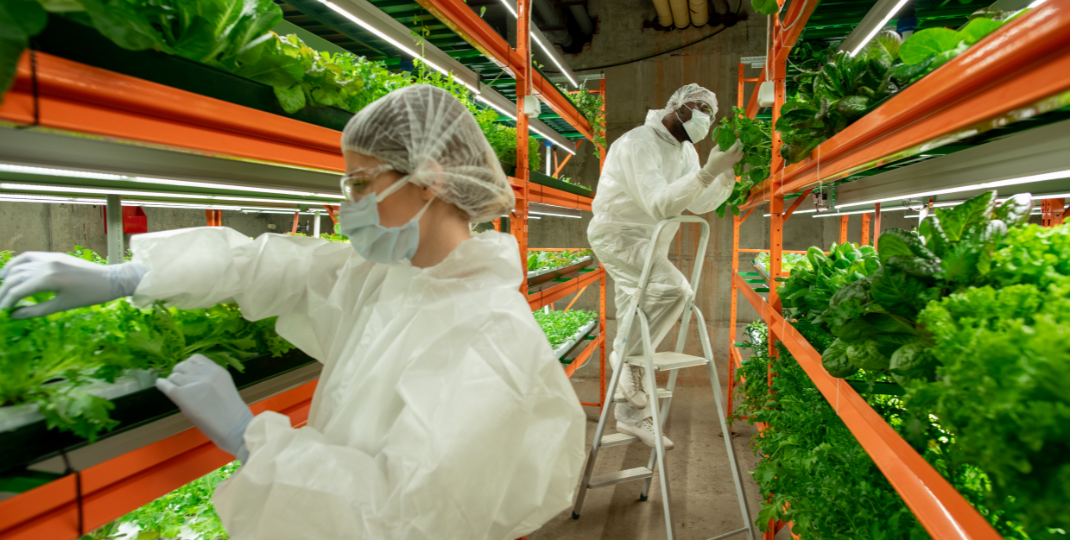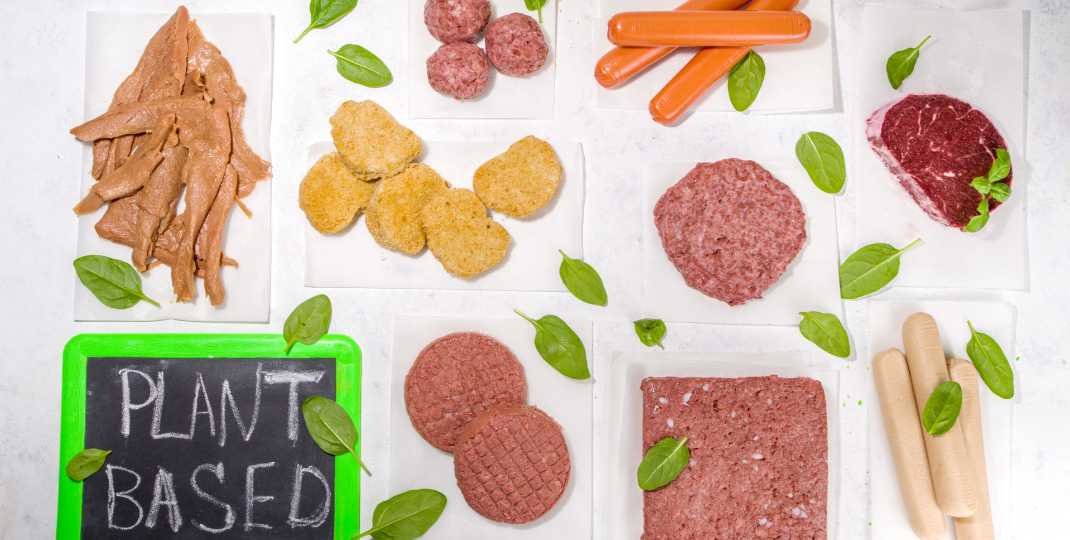In the field of biology, understanding the intricacies of DNA, RNA, and protein synthesis is essential for unraveling the mysteries of life. These fundamental concepts form the building blocks of biological processes, dictating everything from genetic inheritance to cellular function. A biology test on DNA, RNA, and protein synthesis serves as a crucial assessment tool to evaluate students' comprehension of these topics. This test not only challenges students to recall key information about the structure and function of DNA and RNA but also requires them to grasp the intricate mechanisms involved in protein synthesis. By testing their knowledge in this area, students can demonstrate their ability to apply biological principles and enhance their understanding of the molecular basis of life.

How does the DNA molecule unwind and separate during the process of DNA replication?
During DNA replication, the unwinding and separation of the DNA molecule occur through the action of an enzyme called helicase. Helicase binds to specific regions of the DNA molecule, breaking hydrogen bonds between the two strands. This results in the unwinding of the double helix structure and creates a replication fork. The separated strands then serve as templates for the synthesis of new complementary strands by DNA polymerase enzymes.

What triggers the transcription process that converts DNA into RNA?
The transcription process, which converts DNA into RNA, is triggered by specific signals and molecules within the cell. One key trigger is the binding of transcription factors to the promoter region of a gene on the DNA molecule. This binding recruits other proteins and enzymes, including RNA polymerase, to the promoter site. RNA polymerase then unwinds the DNA double helix and synthesizes a complementary RNA strand using the nucleotide bases on the DNA template strand. This process allows for the production of RNA molecules that carry genetic information from the DNA, allowing for gene expression and protein synthesis.
Why does DNA use thymine instead of uracil like RNA?
DNA uses thymine instead of uracil like RNA because thymine contains a methyl group, while uracil does not. This methyl group in thymine enhances stability and protection of the DNA molecule. Additionally, thymine has a higher binding affinity for adenine, ensuring accurate base pairing during DNA replication and transcription processes. Therefore, the presence of thymine in DNA helps maintain its structural integrity and ensures faithful transmission of genetic information.
What determines the order and sequence of amino acids in a protein during translation?
The order and sequence of amino acids in a protein during translation is determined by the sequence of nucleotides in the mRNA molecule. The genetic information encoded in DNA is transcribed into mRNA, which carries the blueprint for protein synthesis. Each set of three nucleotides in the mRNA, called a codon, corresponds to a specific amino acid or a stop signal. During translation, the ribosome reads the codons in the mRNA and matches them with the corresponding tRNA molecules that carry the appropriate amino acids. This process continues until a stop codon is reached, resulting in the synthesis of a protein with a specific order and sequence of amino acids.
How does the ribosome know when to start and stop protein synthesis?

The ribosome knows when to start protein synthesis by recognizing a specific sequence of nucleotides called the start codon (usually AUG) on the mRNA molecule. This triggers the assembly of the ribosome and initiation of protein synthesis. On the other hand, the ribosome knows when to stop protein synthesis by recognizing specific sequences called stop codons (UAA, UAG, or UGA) on the mRNA molecule. When a stop codon is encountered, it signals the ribosome to release the newly synthesized protein and dissociate from the mRNA molecule, thus terminating protein synthesis.

What is the purpose of introns in the DNA sequence, and why are they later removed during RNA processing?
Introns are non-coding regions within the DNA sequence that do not carry instructions for protein synthesis. The purpose of introns is currently not fully understood, but they might play a role in gene regulation and evolution. During RNA processing, introns are removed through a process called splicing, biology test dna rna protein synthesis resulting in the production of a mature mRNA molecule that contains only the coding regions called exons. This removal of introns allows for the efficient production of functional proteins by ensuring that the genetic information encoded in the DNA is accurately translated into protein sequences.
Can DNA repair itself if it undergoes damage or mutations during replication?
Yes, DNA has mechanisms to repair damage or mutations that occur during replication. These repair processes include proofreading by DNA polymerase enzymes, which can identify and correct errors in the newly synthesized DNA strand. Additionally, there are specialized repair pathways such as base excision repair and nucleotide excision repair, which recognize and remove damaged or mismatched bases, replacing them with the correct ones. If the damage is severe and cannot be repaired, cells may activate programmed cell death pathways to prevent the propagation of faulty DNA.

How does the cell ensure that the correct amino acid is added to the growing protein chain during translation?

During translation, the cell ensures that the correct amino acid is added to the growing protein chain through a process involving transfer RNA (tRNA). Each tRNA molecule has a specific anticodon sequence that corresponds to a specific amino acid. The ribosome, which is responsible for protein synthesis, matches the codon on the mRNA with the appropriate anticodon on the tRNA. This ensures that the correct amino acid is added to the growing protein chain. Additionally, proofreading mechanisms within the cell help detect and correct any errors in the process to maintain fidelity in protein synthesis.
The Role of DNA, RNA, and Protein Synthesis in Biology Test
In conclusion, the study of DNA, RNA, and protein synthesis is crucial in understanding the fundamental processes that govern life. Through rigorous examination and analysis of these subjects, scientists are able to uncover the intricate mechanisms behind genetic inheritance, gene expression, and ultimately the functioning of living organisms. The knowledge gained from biology tests on DNA, RNA, and protein synthesis not only contributes to advancements in medical research, but also enables us to better comprehend the complexity and diversity of life on Earth. It is through such examinations that we continue to deepen our understanding of the fundamental building blocks of life, paving the way for future discoveries and breakthroughs in the field of biology.
